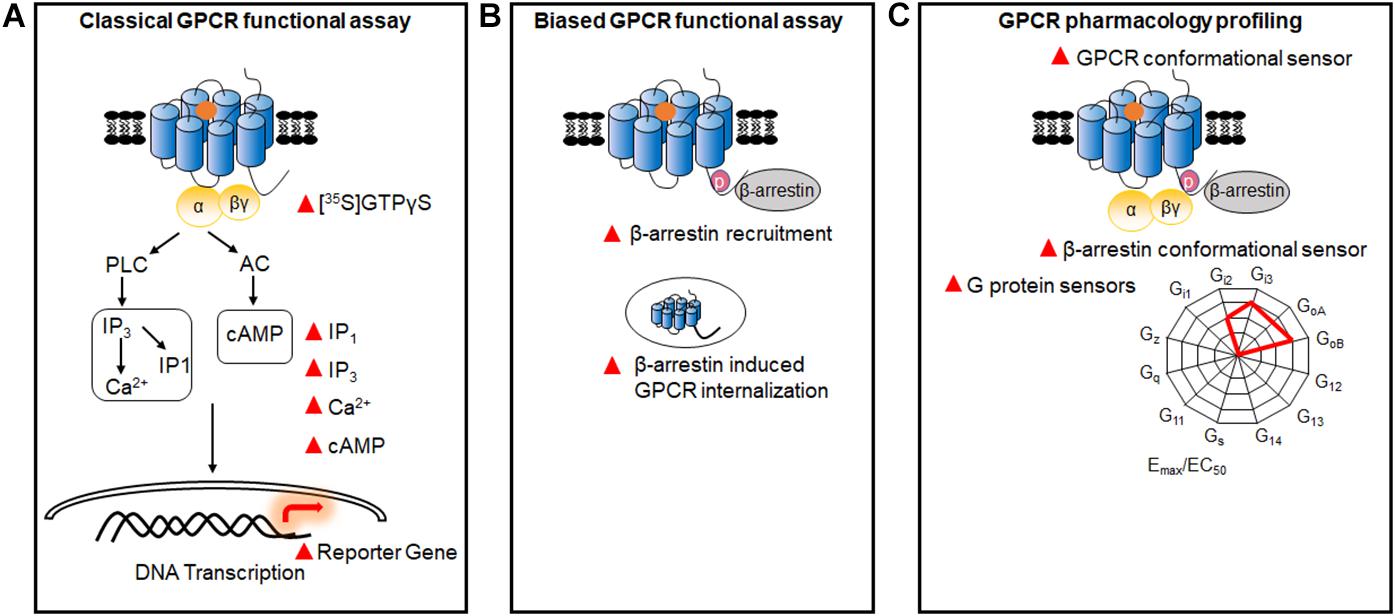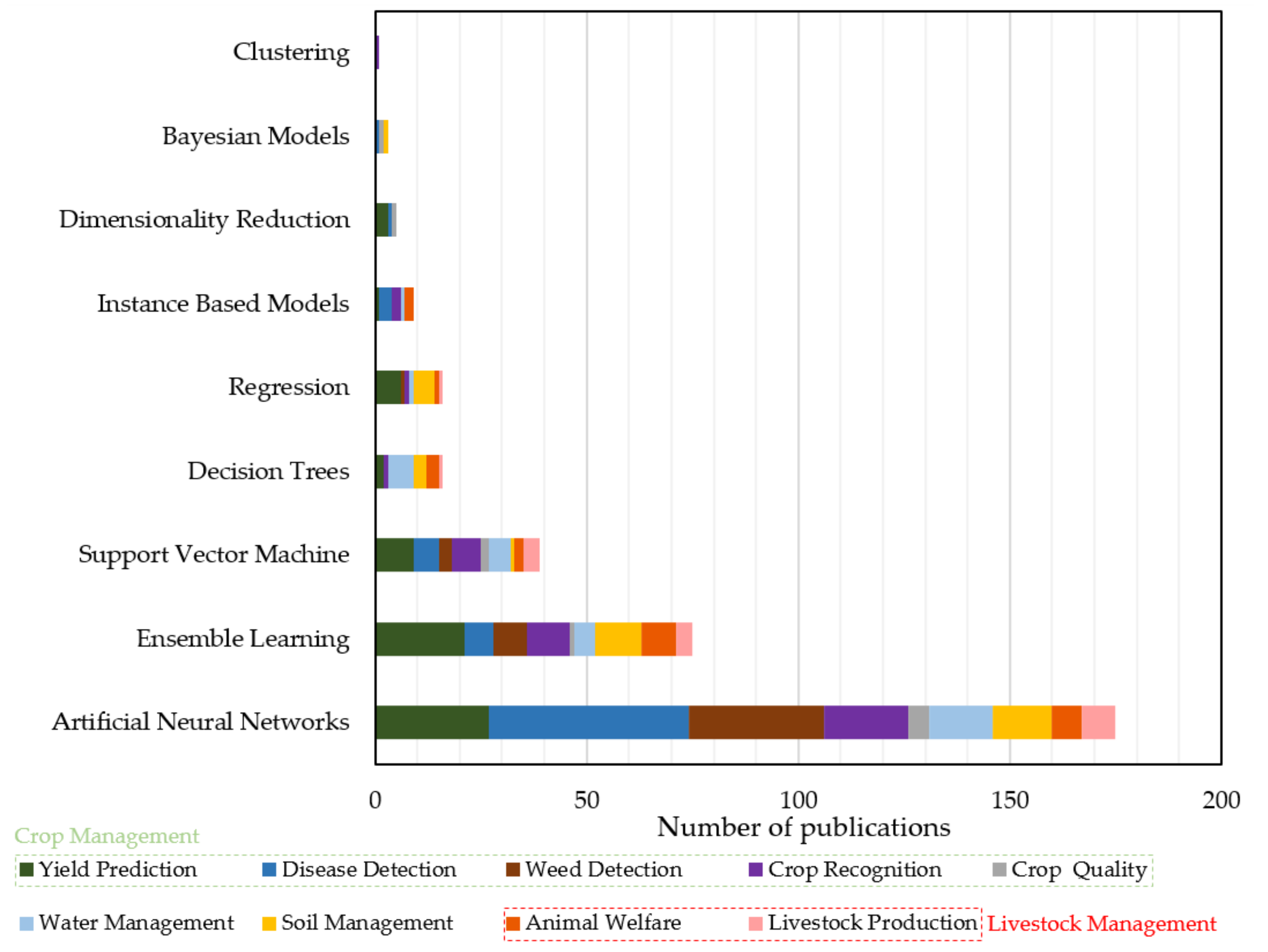This document describes how to create a bootable CD/DVD that also restores the Ghost image to the computer. Before you begin: If you need to create a bootable CD/DVD only, you must use a CD/DVD burning software. Aps-c-gj-krishna Font Download. Images of what appears to be a Fujifilm X-A7 mirrorless camera have leaked out.The most recent arrival in the series was the, which was announced at the start of 2018. Is the around the corner? Aps-c-gj-krishna Font. The Fujifilm X-Pro3, which has been eagerly anticipated since the launched last year, will be officially announced on October 23, according to the company.The Japanese firm used its X Summit in Tokyo to announce that the model was indeed on the way – and it's already started a to the launch on its website.
- Aps-c-gj-krishna Font Converter
- Aps-c-gj-krishna Font Download
- Aps-c-gj-krishna Font Software
- Aps-c-gj-krishna Font Format
- Aps-c-gj-krishna Font Full
The Latest Technology. In a high-tech world, keeping up with the latest available security technology is essential. APS is your connection to the best surveillance solutions suited to your location. Aps-c-gj-krishna Font Game Ppsspp Terbaik Ps3 Ukuran Kecil 70 Atau 80 Mb World Machine Keygen Tere Bin Ek Pal Dil Naiyo Lagda Mp3 Song Pk Vikram I Video Song Download Pandit Bhimsen Joshi Bhajans Free Download Mp3 Sniper Elite 3 Reloaded Crack Mohammad Rafi Bengali Song Download.
Aps-c-gj-krishna Font Converter



How can the answer be improved? Mercury Automated Testing Tools there.
NOTE These tools should be preinstalled on all Macs that came with OS X. If you separately installed OS X, make sure you install the Developer Tools as well. Using Xcode Xcode is a sophisticated application that enables you to easily type in, compile, debug, and execute programs. If you plan on doing serious application development on the Mac, learning how to use this powerful tool is worthwhile.
We just get you started here. Later we return to Xcode and take you through the steps involved in developing a graphical application with it. First, Xcode is located in the Developer folder inside a subfolder called Applications.
Shows its icon. NOTE Build and Go means “Build and then do the last thing I asked you to do,” which might be Run, Debug, Run with Shark or Instruments, and so on. The first time you use this for a project, Build and Go means to build and run the program, so you should be fine using this option. However, just be aware of the distinction between “Build and Go” and “Build and Run.” If you made mistakes in your program, you’ll see error messages listed during this step. In this case, go back, fix the errors, and repeat the process. After all the errors have been removed from the program, a new window appears, labeled prog1 - Debugger Console.
This window contains the output from your program and should look similar to. If this window doesn’t automatically appear, go to the main menu bar and select Console from the Run menu. We discuss the actual contents of the Console window shortly. Xcode Debugger Console window You’re now done with the procedural part of compiling and running your first program with Xcode (whew!). The following summarizes the steps involved in creating a new program with Xcode: • Start the Xcode application. • If this is a new project, select File, New Project. • For the type of application, select Command Line Utility, Foundation Tool, and click Choose.

• Select a name for your project, and optionally a directory to store your project files in. Free Aimsun Scripting Manual Programs. • In the top-right pane, you will see the file prog1.m (or whatever name you assigned to your project, followed by.m. Highlight that file. Type your program into the edit window that appears directly below that pane. • Save the changes you’ve entered by selecting File, Save.
• Build and run your application by selecting Build, Build and Run, or by clicking the Build and Go Button. • If you get any compiler errors or the output is not what you expected, make your changes to the program and repeat steps 6 and 7. Using Terminal Some people might want to avoid having to learn Xcode to get started programming with Objective-C.
If you’re used to using the UNIX shell and command-line tools, you might want to edit, compile, and run your programs using the Terminal application. Here we examine how to go about doing that. The first step is to start the Terminal application on your Mac.
The Terminal application is located in the Applications folder, stored under Utilities. Shows its icon.
Aps-c-gj-krishna Font Download
Terminal window You type commands after the $ (or%, depending on how your Terminal application is configured) on each line. If you’re familiar with using UNIX, you’ll find this straightforward.
First, you need to enter the lines from Program 2.1 into a file. You can begin by creating a directory in which to store your program examples. Then you must run a text editor, such as vi or emacs, to enter your program: sh-2.05a$ mkdir Progs Create a directory to store programs in sh-2.05a$ cd Progs Change to the new directory sh-2.05a$ vi prog1.m Start up a text editor to enter program. NOTE In the previous example and throughout the remainder of this text, commands that you, the user, enter are indicated in boldface. For Objective-C files, you can choose any name you want; just make sure the last two characters are.m.

Aps-c-gj-krishna Font Software
This indicates to the compiler that you have an Objective-C program. After you’ve entered your program into a file, you can use the GNU Objective-C compiler, which is called gcc, to compile and link your program. This is the general format of the gcc command: gcc -framework Foundation files -o progname This option says to use information about the Foundation framework: -framework Foundation Just remember to use this option on your command line. Files is the list of files to be compiled. In our example, we have only one such file, and we’re calling it prog1.m.
Aps-c-gj-krishna Font Format
Progname is the name of the file that will contain the executable if the program compiles without any errors. We’ll call the program prog1; here, then, is the command line to compile your first Objective-C program: $ gcc -framework Foundation prog1.m -o prog1 Compile prog1.m & call it prog1 $ The return of the command prompt without any messages means that no errors were found in the program.